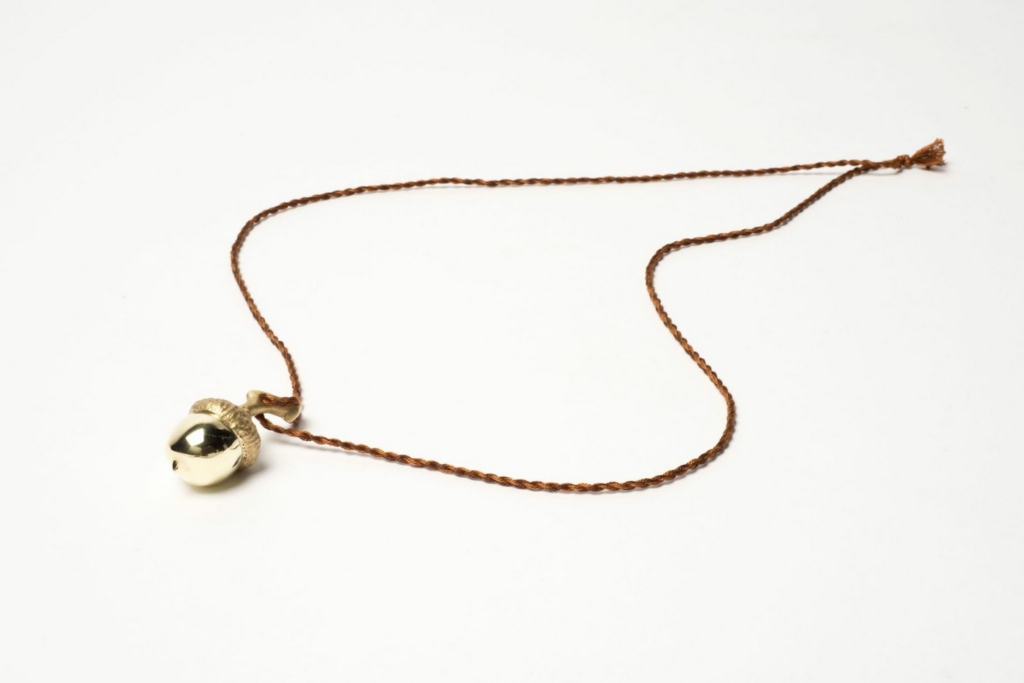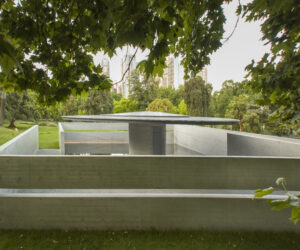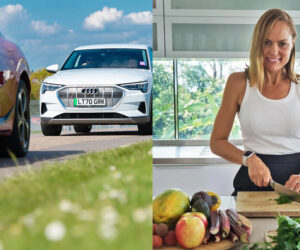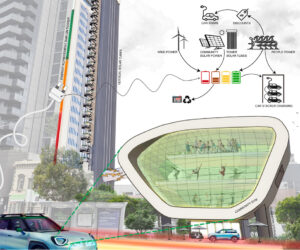Canberra’s Ethical Makers DESIGN Canberra
The terms ‘ethical’ and ‘sustainable’ are ubiquitous, few places more so than in craft and design.
Rejected and embraced, ridiculed and revered, ethics and sustainability are themes that underwrite all aspects of life in the twenty-first century.
It is apt, then, that a major design festival would incorporate responses to and examples of this trend in societal and consumer attitudes, and DESIGN Canberra, the inaugural Canberra design festival running 19-23 November, 2014, is doing just that.
Doctor Kevin Murray, Adjunct Professor at RMIT University and Research Fellow at the University of Melbourne, will be speaking at DESIGN Canberra on prospects for the design of sustainment.
Interestingly, when explaining the ballooning popularity of ethical and sustainable practices, Murray highlights not the concrete benefits of choosing sustainable options, but the centrality of story and statement.
“Most research on ethical consumerism shows that it is very much dependent on public image,” said Murray. “It relates very much to the products that we consume publicly, such as food and clothes, rather than privately, like the batteries we put in our devices.
“With economies of scale and divestment decisions like the Australian National University, the ‘luxury’ of sustainability is likely to become increasingly an economic rather than an ethical decision.
“But I think there will be always an elitist edge to the ethical, as a form of social capital. But that’s a much better aspiration than faster cars or designer brands.
Murray is pragmatic, not pessimistic, about the trend: “In marketing the idea of a product, ‘telling a story’ has become a universal mantra. Ethical value is a ‘good story’ and in e-commerce we see the rise of many new products whose value is primarily ethical.
“This can be seen as an inevitable part of human nature. The challenge is to make the private public.”
Thor Diesendorf, founder of timber recycling business Thor’s Hammer, is just one Canberran designer and festival participant whose work reflects and benefits from responding to ethical and environmental concerns, whose works ‘tell a story’.
Diesendorf has collaborated for DESIGN Canberra with architect Enrico Taglietti and sculptor Geoff Farquhar-Still to produce furniture highlighting the natural qualities of timber, a facet of his work that has been central to its success.
“Attitudes to recycled timber have hugely changed, just over the last twenty years,” said Diesendorf. “When we first started, we were trying present recycled timber as as good as new timber. Now people understand that with recycled timber they’re getting something better than new.
“They’re getting the environmental benefits of reusing something, but they’re also getting the history that comes with the timber, the connection to the past, and a look that they can’t get from new timber, because the timber has been exposed to the weather, or to the factory floor. It’s had hundreds of people working on it for years.
“[People] are really interested in the story behind something, the connection to other people, and I think that’s really missing in that mass produced consumer supply culture. It doesn’t say anything to people, it doesn’t say anything about people.”
Simon Cottrell, a lecturer and researcher at the Australian National University Gold & Silversmithing Workshop, will be showcasing up-cycled jewellery created from typically undervalued materials in an exhibition called ‘Un-Earthing Jewellery’.
Cottrell, like Murray, is eager to use the opportunity to broaden conceptions of what sustainability can and should look like.
“[Work which aims to make a statement about sustainability] is easier for the public eye to engage with,” said Cottrell, “but very little of that is actually resonant work that will last materially or culturally. Sustainable for sustainable’s sake is not sustainable.
“One of my aims in putting this show together is to illustrate that ‘sustainable’ does not really have a visual style. There are so many different approaches that can be taken, many of which do not require the public to embrace the inherent aesthetic of waste.”
A more expansive and rational approach to issues of sustainability, Cottrell believes, is required.
“I dream of a world where the long term ‘costs’ of unsustainable practices (in any industry) are actually calculated and taken seriously when deciding on the ‘cost effectiveness’ of any business activity.
“It is simply irresponsible to turn your back on the broader implications of our actions.
“With greater accessibility to greater insight and understanding of the phenomenally complex variables within the sustainability equation, I consider [sustainability] will inevitably become not just a necessity but common sense and expected.”
For his part, Thor Diesendorf cautiously embraces the tension between running a business with a significant environmental footprint and producing works with sustainability at their core.
“It’s probably about the best you can do without going and being a hermit. If you want to be a part of society, you have to make some compromises. Can’t run a business without using fossil fuels, driving cars, buying machines …
“But,” he said, “it’s great to be part of that kind of effort to do our best … getting a bit of inspiration from other people, and probably inspiring other people too. Yeah, it’s a good circle.”
To find out more about the sixty-plus events and 300 participants in the inaugural DESIGN Canberra festival, visit www.designcanberrafestival.com.au



